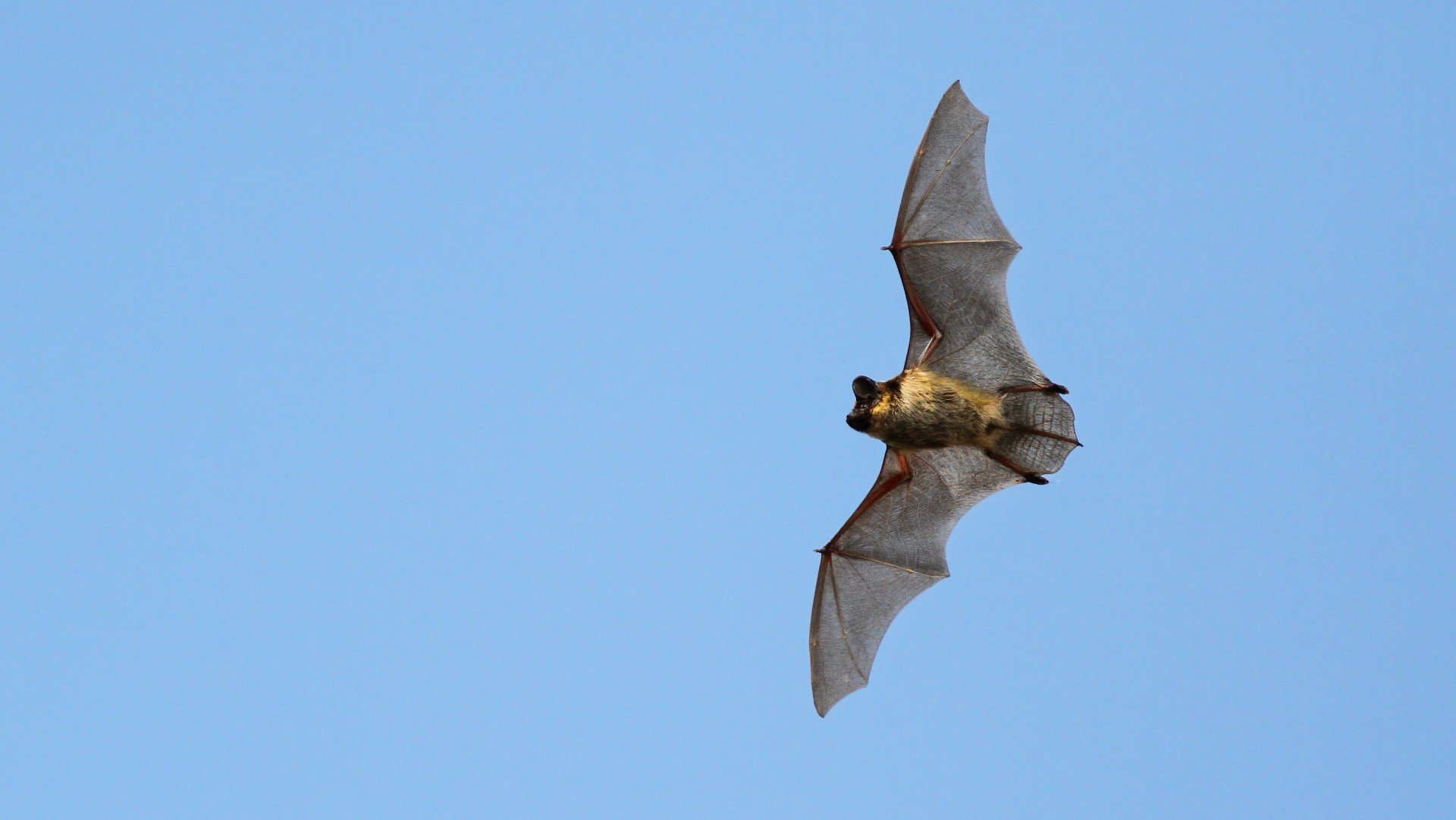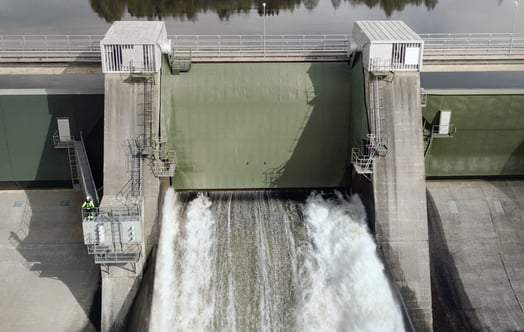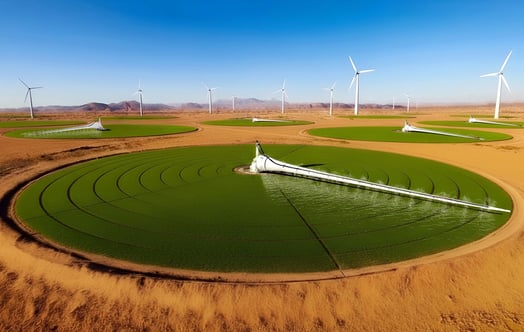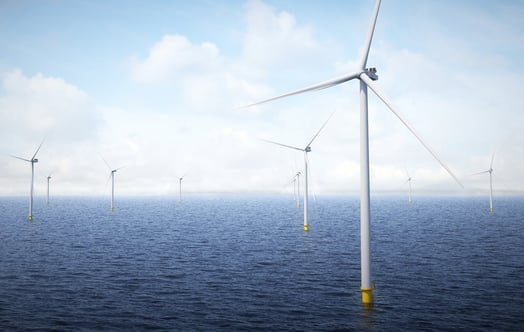Understanding the big picture when it comes to the movement of bats over the sea is important background knowledge. It will help wind farm operators to mitigate the risk of collisions between wind turbine blades and bats while also ensuring the generation of offshore renewable energy.
Did you know that bats fly long distances across the open sea? Probably not. Most people believe that bats keep to their colonies on land, where they also find their food.
A number of bat species fly out at sea to find food, while others migrate long distances across marine waters. For instance, parts of the population of the Nathusius’ pipistrelle migrate all the way from Finland to Great Britain and encounter offshore wind farms in the Baltic Sea, the Danish straits and the North Sea along the way, with the risk of the bats colliding with wind turbine blades.
Mapping bats over a large area at sea
While, based on studies in the US and several European countries, much is known about bats, their behaviour and the number of collisions with wind turbine blades on land, there is a great deal of uncertainty about bat numbers and behaviour at sea. That was why in 2022 Vattenfall helped to initiate the Kattegat West Baltic Bats Project, a large-scale study of bats in the entire area from Skagen, the northernmost point of Denmark, to Christiansø, east of Bornholm in the Baltic Sea and the German Baltic Sea coast.
“We were contacted by consultants who were each conducting their own studies of bats for the Danish Energy Agency and the transmission system operator Energinet in connection with the latest Danish offshore tender areas, while we were also ourselves working on studies in connection with several wind projects in Sweden at the same time,” says Bjarke Laubek, Environmental Specialist at Vattenfall. “We offered to take over as coordinators for the project standardising methods and running surveys simultaneously and to deploy additional equipment filling a gap in coverage in northern Kattegat. This gave us a unique opportunity to collect all data to get a comprehensive overview of bat populations at sea.”
Winged mammals
Bats are mammals that live a long time and reproduce slowly. They usually have one or two pups at a time and are as regards population significantly more sensitive to mortality than other species. That is why they are also on the EU’s list of animals requiring special protection.
The question is, what special protection do they actually need? It is important to ensure that the measures put in place strike the right balance between renewable offshore electricity generation and effective protection of bats.
“Bats don’t fly when it rains, or when it’s too windy or too cold,” explains Bjarke Laubek. “And we know they only fly at night, and only during the summer and some migration periods. That’s why we can make a significant difference by stopping our wind turbines for certain periods and in certain situations. In fact, it’s been found that stopping onshore wind turbines during certain periods when bats fly frequently can reduce collisions by between 60 and 90 per cent. However, not much is known about bat behaviour at sea. Some of them fly low over the water surface and there’s little risk of them striking the wind turbines, while others fly higher up and are at greater risk.”
Vattenfall periodically shuts down wind farms/turbines in Germany, Great Britain and Sweden, and in the Netherlands shuts down selected wind turbines at a large offshore wind farm, actions that are all based on existing studies of onshore wind turbines. But with the increased focus on offshore wind, it is important to understand what is going on at sea; how many and what species of bats are present, geographical differences, seasonal and daily variations, behaviour and not least, how all this is related to weather data.
The calls of bats
“In the project, we have collected data from the entire bat season of 2023 using ultrasound detectors on buoys, masts, lighthouses, wind turbines and other installations throughout the sea area studied,” explains Bjarke Laubek. “This equipment records the calls and echolocation sounds that bats make when they’re foraging, and then we can tell whether they’re passing through or are at the wind turbines to forage for food.”
Many measurements are taken at low altitude from buoys or low locations at offshore installations, and as the high-frequency sounds made by bats lose energy quickly, they can only be detected at shorter distances – up to just 20–80 metres, depending on the species. The new wind turbine types with 130-metre blades mean there is only limited coverage in the rotor zone from the low positions of the microphones, which is why it is also necessary to deploy sensors at higher altitude. This is why Vattenfall has installed listening equipment on both the foundation and the nacelle at the top of the turbines at Kriegers Flak in order to hear whether there is any difference in the activity and the calls used by the bats - are they trying to navigate, find food or just socialise.
By comparing the recordings from the small buoys with the recordings from the wind turbines, it is hoped to also get some idea of whether migratory bats are scared away or attracted by the offshore wind turbines and even change their direction of flight when visibility is poor, as is the case with some migratory bird species.
“There are indications that during the summer period some local populations of common noctules and parti-coloured bats in the Baltic and Kattegat area follow their food out to sea in significant numbers on those warm, still summer evenings when the insects are swarming. As part of this project, we want to find out how far out from the coast the bats fly. For instance, if they fly no more than 20 kilometres from the coast, three to four evenings a year and under specific weather conditions, we could devise a framework and guidelines for shutdowns during these periods,” says Bjarke Laubek.
Moth ultrasound jams bat radar
As an alternative to shutdowns, experiments have been made in the US with jamming bat radar signals using ultrasound to keep them away from wind turbines. Some moths are capable of jamming bat radar signals so the bats cannot see them, and an American company is utilising this to emit a lot of sound in the frequency range where the bats see their food. And without food, flying around the wind turbine is not that attractive a prospect. However, the problem with this system is that the high-frequency sound fades quickly here, too, so it is not easy to set out equipment that covers the entire rotor zone.
“This year, we’re testing a thermal camera system in the Netherlands that can see how bats fly around the wind turbines and to what extent and automatically detect collisions, etc. We can also use these results against the sound recordings from the same turbine, so that will give us an opportunity to gain more of an understanding of how effectively our large dataset of sound recordings actually reflects the actual bat presence; and thus what we can allow ourselves to interpret from this data.”
Meteorological data is a critical parameter in the analyses, as experience shows that it is crucial for determining when bats are active and therefore also forms the basis for deciding when operational adjustments to our wind turbines may be needed. At the Swedish Kriegers Flak project, future curtailment requirements are based solely on the weather conditions during certain periods based on current knowledge from onshore installations. Detectors set up at the adjacent Danish Kriegers Flak wind farm already now show that there are no bats in the area for half of the required shutdown period.
“And it’s not a good idea to lose production on the basis of something that doesn’t have the effect we’re aiming for,” explains Bjarke Laubek.
Results crucial for offshore wind turbines
Vattenfall aims to have a positive impact on biodiversity in the areas where we operate, and this is only possible by investing in research and knowledge gathering, as is the case with the bat survey in Danish waters.
The results of the study will provide a wealth of new knowledge that will help understand offshore bat populations, and it is expected to help qualify discussions and ultimately the possibility of installing offshore wind turbines. The project has not yet reached the analytical steps that will lead to usable results, but there is a mountain of data that needs to be analysed by specialists; probably from universities with specialist knowledge and expertise in statistics, so that the work is done on an independent, scientific basis.
There have already been places where wind turbine developers have been refused permission to install offshore wind turbines due to the presence of bats. This study will help ensure that offshore wind farms can be built and operated in a manner that helps to mitigate climate change while also ensuring that bats are protected on factual and objective grounds.
“At Vattenfall, we’ve allocated strategic funding for these kinds of studies in our overall biodiversity programme, which is run by our Bioscience Team. This is absolutely key if we’re going to see the big picture, instead of each project being responsible for isolated studies for a single wind farm,” concludes Bjarke Laubek.
The first results are expected late this year and in the first six months of 2025.
Kattegat West Baltic Bats Project
Project partners besides Vattenfall are: Energinet, Danish Energy Agency, with consultants from WSP, Pennen & Sværdet and EnviroPlanning carrying out fieldwork and analysing audio files.
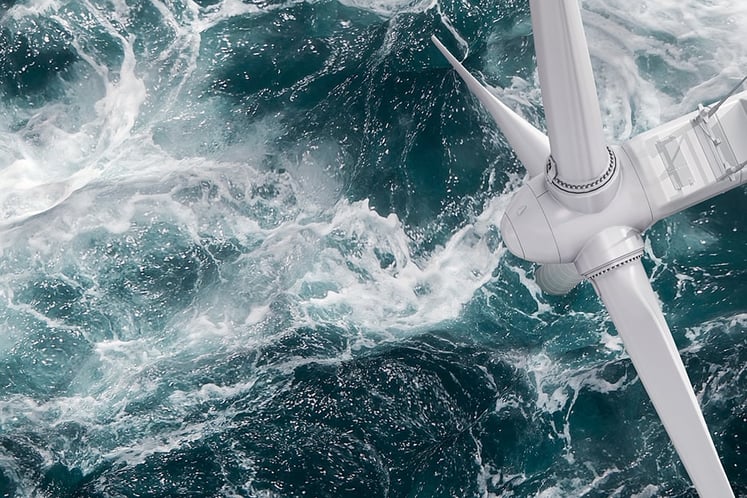
Subscribe to the newsletter THE EDIT
THE EDIT is Vattenfall's new monthly newsletter. Each issue highlights a new burning issue from the world of sustainable energy and fossil freedom.

